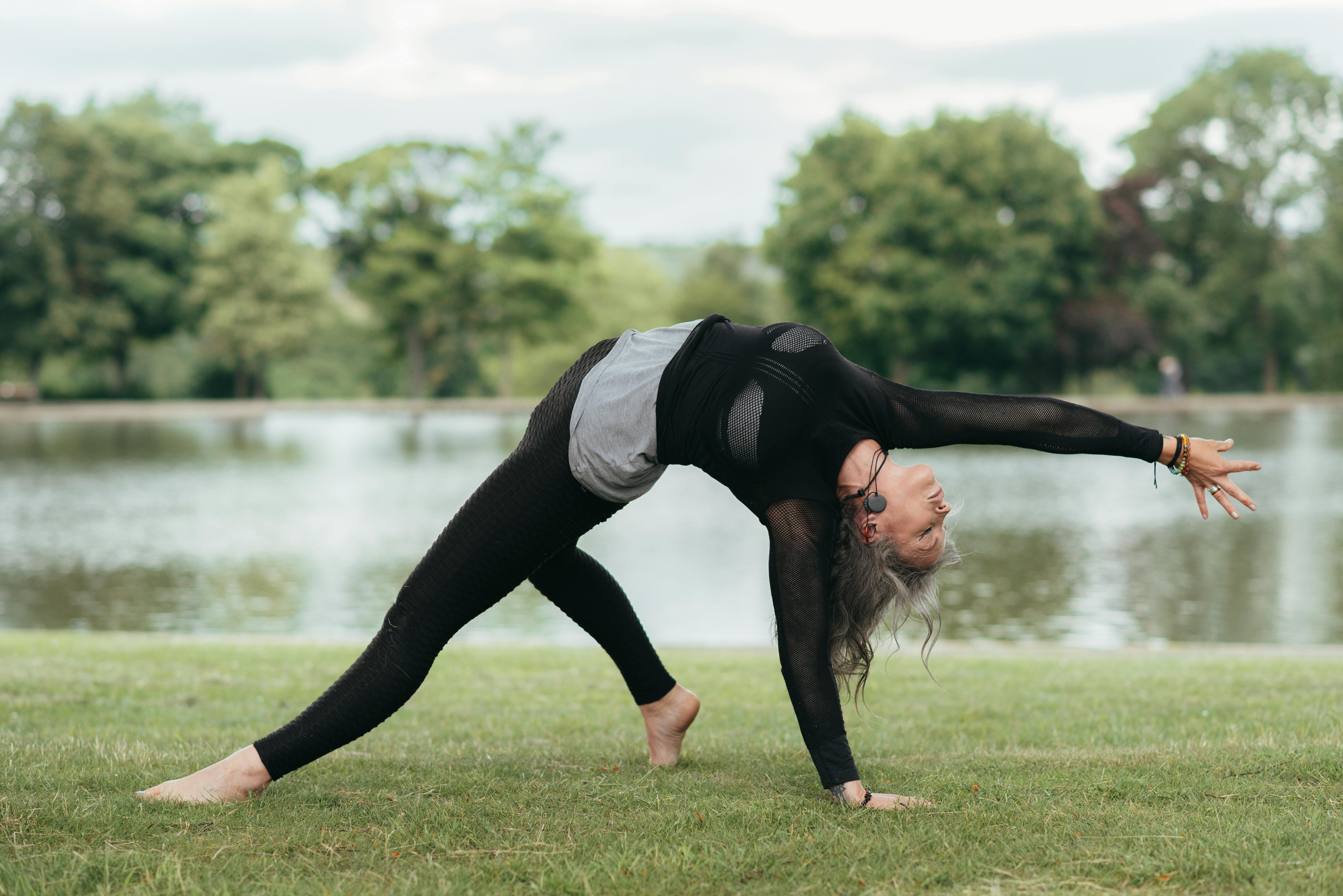Tight muscles, limited range of motion, pain when exercising? If you exercise regularly, you will experience one or more of these problems at least once. To prevent or eliminate such problems, you should integrate Self Myofascial Release (SMR), also known as Foam Rolling, into your training regimen.
How does SMR work?
SMR related to the principle of autogenic inhibition. Autogenous inhibition is a mechanism that prevents the muscles from putting too much pressure on the bones and tendons, to reduce the risk of injury.
We have so-called Golgi tendon organs (GTOs) in our body. The GTO is a proprioceptive sensory receptor organ and is located between the muscle and the tendon. If a muscle contracts or stretches, the GTO detects muscle tension and sends signals to the brain about the force being exerted on the muscle. If the tension increases so much that a tendon could rupture, the GTO stimulates the muscle spindles to relax the muscle and thus prevent injury.
A good example of autogenic inhibition is weightlifting or bodybuilding. Most weightlifters lift a heavy load to muscular failure. The tremendous amount of force exerted by the weights activates the GTO, and the GTO then signals the brain to relax the muscle to prevent rupture and injury.
How to do it?
GTO also helps make stretching techniques highly effective, because it is very sensitive to changes in muscle tension. This is where SMR comes into play. SMR on a foam roller is an inexpensive and very effective way to break down scar tissue and adhesions and therefore increase flexibility and performance. Ten minutes on the foam roller every other day is all you need.
You can get a foam roller for $10-15 on Amazon or some other retailer. Most of them are 6 inches by 24 inches. But a pipe with the same ratio will also do.
Once you have your foam roller, you can begin the exercises. Place the foam roller on the floor and get to work. Use your full body weight to roll on the foam roller and try to locate any tender spots (so-called “hot spots”) that feel tight. Once you’ve located a tight spot, you should hold that position until the pain subsides or the spot feels softer (mainly 20-30 seconds).
There are some basic exercises you can do, but I encourage you to experiment with different positions and exercises as well. If you go to YouTube and type in “Foam Roller Exercise Video,” you’ll get a great video on the best SMR exercises.
Exercises:
Harmstrings: Your Harmstring should rest on the foam roller. Gently roll the foam roller up and down from your buttocks to your knees. You can do this with one or both legs at the same time.
Quads: Same as Harmstring, but quads should rest on the foam roller. Gently roll from hips to knees.
Glutes: Sit on the roller and support the weight with your hand. Then just turn your butt.
Back: Lie down with the roller positioned under your upper back. Cross your arms and roll down to your lower back and back up again.
conclusion
That’s it. I cannot stress enough how well these techniques work. They will help you prevent injuries and increase performance in the gym. Just give it a try and see for yourself. Definitely the best $10-15 I’ve ever spent.
Janis Thies
